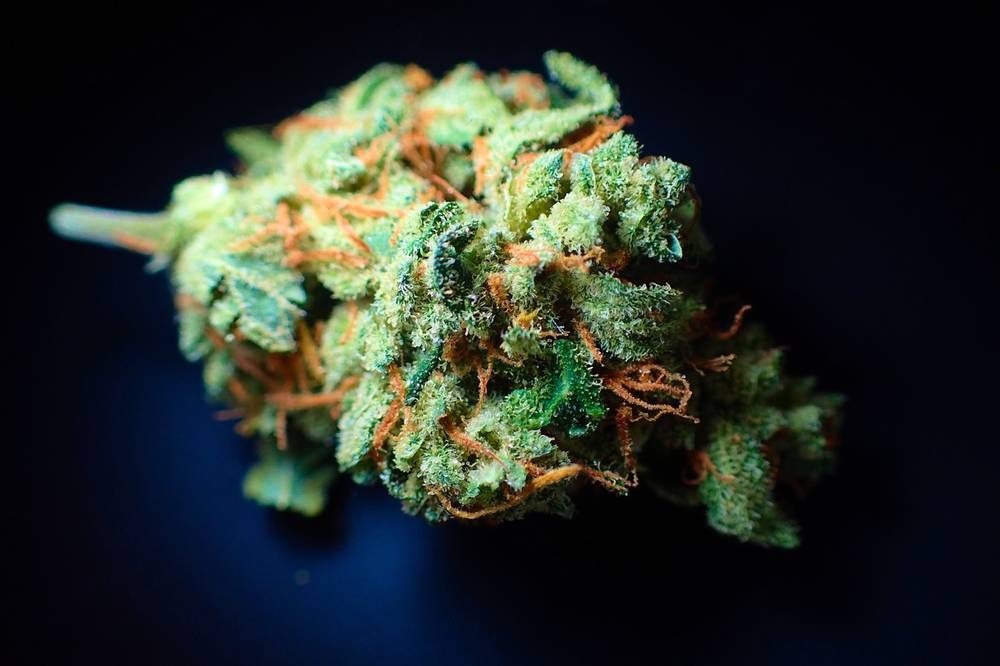With the number of technological advancements available at our disposal, it is not surprising how scientists are able to create something quite advanced from something simple. According to recent studies modified brewer’s yeast or Saccharomyces cerevisiae can give researchers access to cannabis compounds. But how is it done?
To produce Cannabis compounds, scientists hacked the genetic code of brewer’s yeast by inserting cannabis plant genes into the yeast’s genetic code. This allows it to produce cannabidiol and tetrahydrocannabinol.
How Can Cannabis Compounds Be Derived from Ordinary Yeast?
Synthetic biologist Jay Keasling of the University of California, Berkeley, and his colleagues modified several genes found in Saccharomyces cerevisiae to create a cannabinoid factory in this ordinary yeast. Saccharomyces cerevisiae, as well as other DNA strains from five different bacteria and a cannabis plant, were used in this experiment. The researchers basically needed to make 16 genetic changes in total to convert galactose into inactive forms of THC or CBD. When cannabinoids are heated, they transform into their active forms. The team was able to produce approximately 8 milligrams of THC per liter and lower levels of CBD.
However, those yields would need to be increased at least 100-fold for the cost to be competitive with plant-extracted cannabinoids. This is according to Jason Poulos, the current CEO of Librede, a Carlsbad, California-based company that holds the first patent on a process for producing cannabinoids from sugars in yeast. (Source: Nature)
How Do They Make The Plant More Effective?
Some of them argue that yeast-based fermentation may not be the best method for producing cannabinoids. Trait Biosciences, based in Toronto, is genetically engineering cannabis to produce water-soluble cannabinoids for the beverage industry, for example. They are also attempting to modify their plants so that all tissues, rather than just the resin glands that normally secrete cannabinoids, can produce novel cannabis-derived compounds.
Everything that yeast can do, the plant can do with far greater yield and purity.
Ronan Levy, Trait’s Chief Strategic Officer
(Source: Nature)
What are the Most Common Uses for Cannabis?
Cannabis sativa seeds are primarily used to produce hemp seed oil, which is used in cooking, lamps, lacquers, and paints. They can also be used as caged-bird feed because they provide nutrients to most animals.
Cannabinoids, on the other hand, are psychoactive chemical compounds found in flowers and fruits and are consumed for recreational, medicinal, and spiritual purposes. Preparations of flowers, fruits, and leaves, as well as preparations derived from resinous extract, are consumed in this manner through smoking, vaporizing, and oral ingestion.
Tinctures, teas, and ointments were also common preparations in the past. Cannabis sativa has been used in traditional Indian medicine as a hallucinogenic, hypnotic, sedative, analgesic, and anti-inflammatory agent.
Terpenes have gained public attention as the medical and recreational cannabis industries have grown and educated the public. Organizations and businesses in the cannabis industry have promoted the use of terpenes in their products as a way to differentiate the taste and effects of cannabis. The entourage effect, which describes the interaction of cannabinoids, terpenes, and other plant compounds, has also contributed to increased awareness and demand for terpenes in cannabis products. (Source: Flora of North America)

А из наших труб идёт необычный дым…
Стой! опасная зона! работа мозга.
(В.Цой)